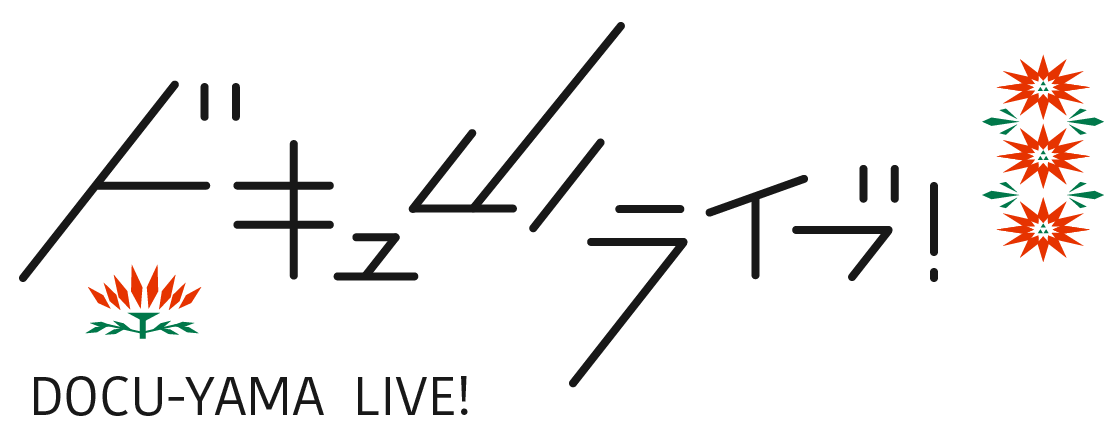 © 2023 Toyonaka Performing Arts Center / trixta
© 2023 Toyonaka Performing Arts Center / trixta
Oda Kaori’s latest documentary, GAMA (YIDFF 2023 New Asian Currents), delves into the fabric of Okinawa’s historical memory, excavating the stones and bones in the seashore and cave that entail the aftermath of the war. Part of Oda’s “Underground” series, GAMA explores how a region’s dispersed history can be passed down. Okinawa’s story is entangled with its indigenous history and community and marked by struggles of contested sovereignty and ethnicity. While not hailing from Okinawa like Takamine Gō and Yamashiro Chikako, who emphasize the colonial history and the mythology of Okinawa, Oda still embraces a unique perspective by examining the deep time history of the underground and its specific spatial significance. Reminding the viewers of Oda’s previous works, Aragane (2015) and Cenote (2019), GAMA positions us in a peculiar spatial context with an abundance of details. However, Oda goes beyond her usual practices of observational cinema this time, introducing an element of performance, but is it well-delivered?
The title of the film refers to the natural cave in Okinawa that contains the remnants of the Battle of Okinawa against the U.S. army during the Pacific War. Starting in the cave, the film takes a mysterious and bizarre approach by filming a man and a woman who are exploring the cave. The man, Matsunaga Mitsuo, serves as a local guide and storyteller. He stands still in front of the camera to recite the experiences of the villagers of Yomitan in the Battle of Okinawa in 1945 – a mass suicide happened in a cave called Chibichiri Gama. Matsunaga’s role as a storyteller serves as a central narrative device in the film, providing a vivid account of the events and memories associated with the cave. This approach not only preserves the local memory but also establishes a connection with the early Japanese cinematic practice known as benshi, where live narration was provided for silent films. In GAMA, Matsunaga takes on a similar role, offering historical context and imagination for the enigmatic space of the cave without relying on archival footage or images.
The film also mobilizes sights and sounds to enhance the narrative. For instance, Matsunaga alternately turns his torch on and off, creating an interplay of light and darkness that mirrors the experiences of the villagers in the cave (“the experience of darkness”). The film’s attention to detail, such as the clear sound of water droplets, the striking sounds of aircraft, and the shadows cast on the stones, further enriches the spectacle of the cave, imbuing it with historical significance. One particularly poignant moment in the film occurs when Matsunaga distinguishes human bones from a collection of bones, highlighting the aftermath of the Battle of Okinawa and the personal impact it had on individuals and families. He reveals that only one identity has been verified, and the bones have been returned to the family. The connections among the spectacle of the cave (gama), the spectacle of history, and the present-day human experience add emotional weight to the film.
However, Oda’s attempt to incorporate a performative element through the presence of an unknown and silent woman in blue, portrayed by choreographer and filmmaker Yoshigai Nao, is less successful. This figure of a phantom revolving around the film, while intended to expand the imaginative realm of the narrative, turns out to create confusion and hinder the audience’s understanding of the complex historical events in Okinawa. The storytelling provided by Matsunaga already offers a performative impact that stimulates the viewer’s imagination and enables the invisible to emerge.
Emilie Choi Sin-yi
![ドキュ山ライブ! [DOCU-YAMA LIVE!]](https://www.yidff-live.info/wp-content/themes/yidff-live_2017/images/header_sp_logo1.png)

